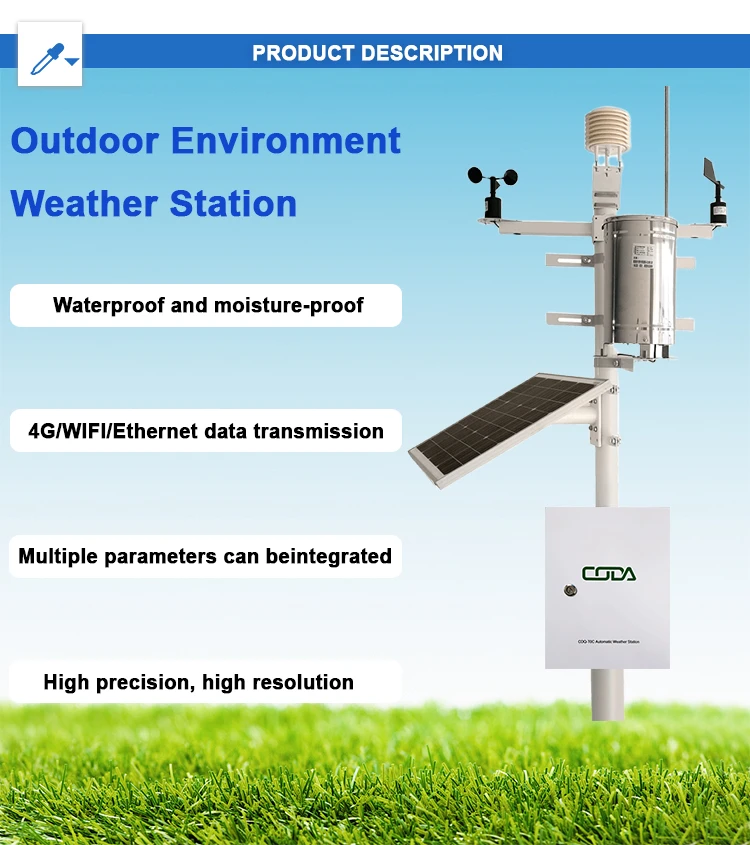
# The Pros and Cons of Automatic Weather Stations
## Introduction
Automatic weather stations (AWS) have revolutionized meteorological data collection in recent decades. These self-contained systems provide continuous weather monitoring without constant human intervention, offering both benefits and drawbacks compared to traditional weather observation methods.
## Advantages of Automatic Weather Stations
### 24/7 Data Collection
One of the most significant advantages of AWS is their ability to operate continuously. Unlike manual stations that require human observers, automatic systems can collect data every minute of every day, providing a more comprehensive dataset.
### Remote Location Monitoring
AWS can be installed in remote or hazardous locations where maintaining human observers would be difficult or dangerous. This includes mountaintops, deserts, offshore platforms, and polar regions.
### Standardized Measurements
Automatic systems eliminate human error in reading instruments and ensure standardized measurement procedures. This consistency improves data quality and comparability between different locations.
### Real-time Data Transmission
Most modern AWS can transmit data in real-time via satellite, radio, or cellular networks. This immediate availability is crucial for weather forecasting, emergency response, and various research applications.
### Cost Efficiency Over Time
While initial setup costs can be high, AWS typically have lower long-term operational costs compared to manned stations that require salaries, benefits, and ongoing training for personnel.
## Disadvantages of Automatic Weather Stations
### High Initial Investment
The upfront cost of purchasing and installing an AWS can be substantial, especially for stations with numerous sensors or those requiring special installations in remote areas.
### Maintenance Requirements
AWS require regular maintenance and calibration to ensure accuracy. Sensor drift, power supply issues, and mechanical failures can affect data quality if not addressed promptly.
### Limited Observation Capabilities
Some weather phenomena still require human observation. For example, AWS cannot reliably identify cloud types, certain precipitation characteristics, or visibility conditions as accurately as trained observers.
### Vulnerability to Extreme Conditions
Severe weather events that AWS are meant to monitor can sometimes damage the equipment. Ice accumulation, lightning strikes, or high winds may disrupt operations or destroy sensors.
### Data Gaps During Malfunctions
When an AWS fails, there may be significant data gaps until repairs are made, especially in remote locations. Manned stations can often continue partial operations during equipment failures.
## Conclusion
Automatic weather stations offer numerous advantages in terms of continuous operation, remote monitoring, and data consistency. However, they come with challenges including high initial costs, maintenance requirements, and certain observational limitations. The choice between automatic and manual weather stations often depends on the specific application, budget, and required data parameters. Many meteorological services now use a combination of both to maximize the benefits while minimizing the drawbacks.